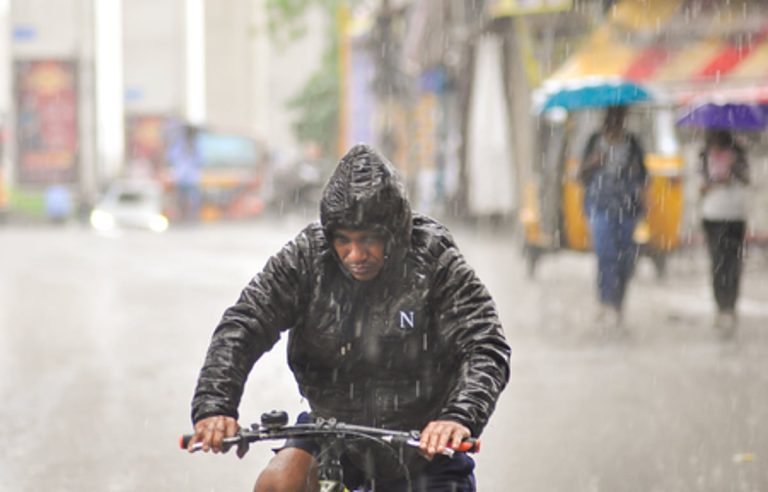Russia Launches Major Attack on Ukraine’s Energy Facilities
Recent developments have escalated tensions in Ukraine as Russia launched a significant missile and drone offensive targeting the country’s energy facilities and civilian areas. This assault has resulted in at least two fatalities and numerous injuries, including among children, while causing widespread power outages across various regions.
Details of the Attack
The offensive, which involved 52 missiles and 653 drones, represents one of the most extensive attacks on Ukraine’s energy grid this year. Ukrainian air defense successfully intercepted 623 aerial threats, but the damage inflicted was substantial. President Volodymyr Zelensky reported that Russian forces targeted civilians and energy infrastructure in nine regions, including the capital, Kyiv.
In a social media statement, Zelensky emphasized the need for continued support from Western allies, urging them to impose stricter sanctions on Russia to counter its aggressive actions. He stated, “We count on America, Europe, and the G7 countries not to ignore Moscow’s intent to destroy everything.”
Impact on Energy Infrastructure
Ukraine’s largest private energy provider, DTEK, confirmed that several of its power plants sustained damage during the strikes. CEO Maxim Timchenko remarked, “It’s a bad blow in our efforts to keep power flowing this winter.” The Ukrainian energy ministry reported that a significant number of consumers were left without electricity, although specific figures were not disclosed.
In the western region of Lviv, close to NATO and EU borders, two energy facilities were directly hit. Local authorities in Zaporizhzhia confirmed that two individuals were killed and 17 others injured, including six children, as a result of the attacks.
Russian Claims and Military Movements
The Russian Defence Ministry claimed responsibility for the offensive, asserting that it targeted Ukrainian military-industrial facilities, energy infrastructure, and airbases. They also reported having shot down 170 Ukrainian drones overnight, with a notable number intercepted over the Bryansk region and near Moscow.
Additionally, Russia announced the capture of two villages—Sadove in the Kharkiv region and Krasnogirske in Zaporizhzhia—areas that Moscow claims as part of its territory.
Ongoing Conflict and International Response
Since the onset of the full-scale invasion in February 2022, Russia has consistently targeted Ukraine’s power grids during winter months, leading to power rationing and increased reliance on energy imports. In response, Ukraine has intensified its counterattacks on Russian oil refineries and energy sites.
Despite ongoing diplomatic efforts, including attempts by U.S. President Donald Trump to broker peace, progress has remained elusive. The situation continues to evolve, with both sides preparing for further confrontations.
FAQs
What was the extent of the recent Russian attack on Ukraine?
The recent attack involved 52 missiles and 653 drones, marking one of the largest assaults on Ukraine’s energy infrastructure this year, resulting in at least two deaths and widespread power outages.
How has Ukraine responded to the ongoing attacks?
Ukraine has increased its retaliatory measures, targeting Russian oil refineries and energy sites in response to the consistent strikes on its own energy infrastructure.
What are the implications of these attacks for Ukraine’s winter energy supply?
The attacks have severely impacted Ukraine’s energy facilities, complicating efforts to maintain power supply during the winter months and forcing the country to rely more on energy imports.
Conclusion
The recent escalation in attacks on Ukraine’s energy infrastructure underscores the ongoing volatility of the conflict. As both sides prepare for continued hostilities, the international community remains watchful, with calls for increased support for Ukraine and a renewed focus on diplomatic solutions. The situation is fluid, and further developments are anticipated in the coming days.
The recent attacks highlight the strategic importance of energy infrastructure in the ongoing conflict, as both sides recognize its critical role in sustaining military operations and civilian life. Ukraine’s energy sector has faced significant challenges since the beginning of the war, with repeated assaults leading to extensive damage and necessitating emergency repairs. The winter months pose additional risks, as colder temperatures increase energy demand and complicate recovery efforts.
International reactions have varied, with some countries expressing strong condemnation of Russia’s actions while others remain more cautious in their responses. The European Union has been particularly vocal in its support for Ukraine, emphasizing the need for solidarity and assistance in rebuilding energy capabilities. As the conflict continues, the resilience of Ukraine’s energy infrastructure will be crucial not only for its military strategy but also for the well-being of its population during the harsh winter season.
Also Read:
Delhi’s Air Quality Crisis: Health Risks and Community Actio







